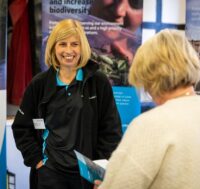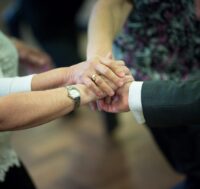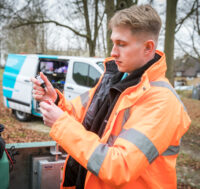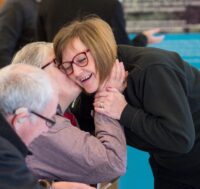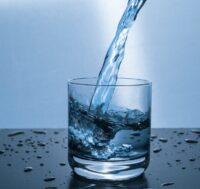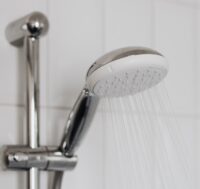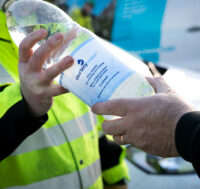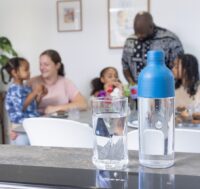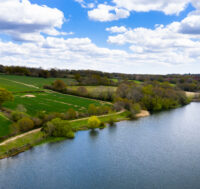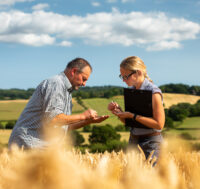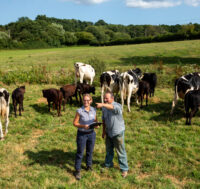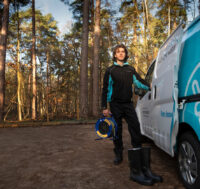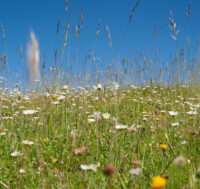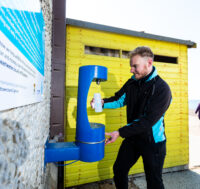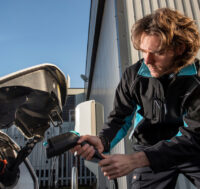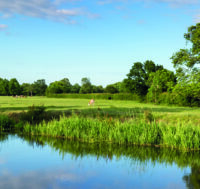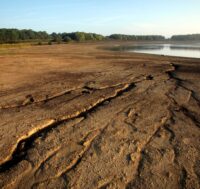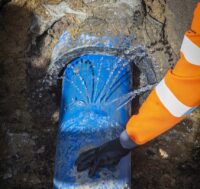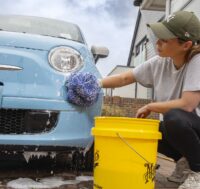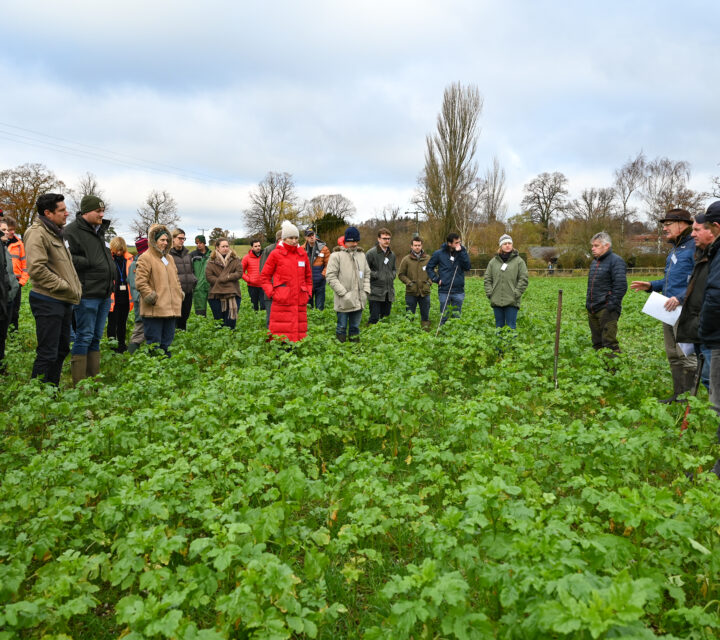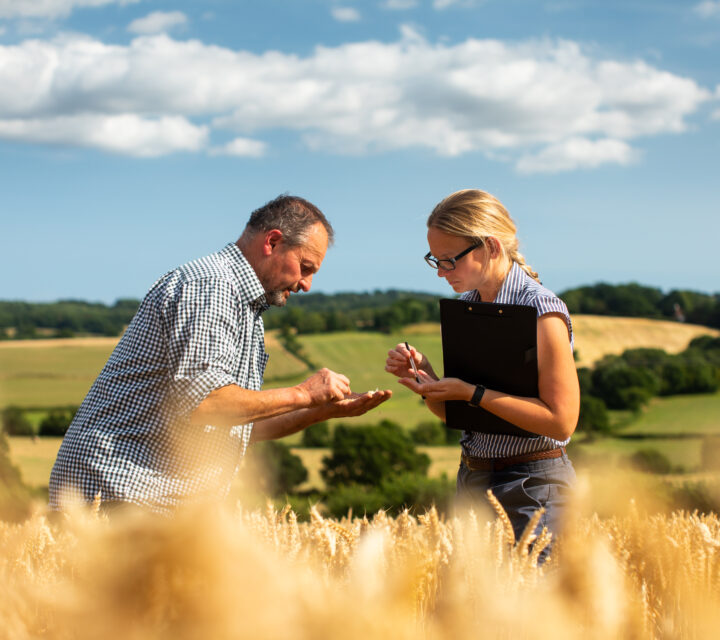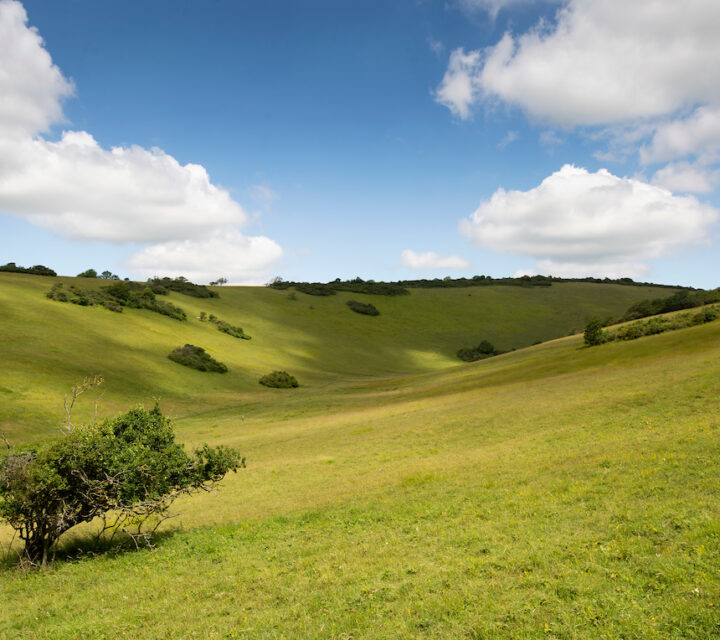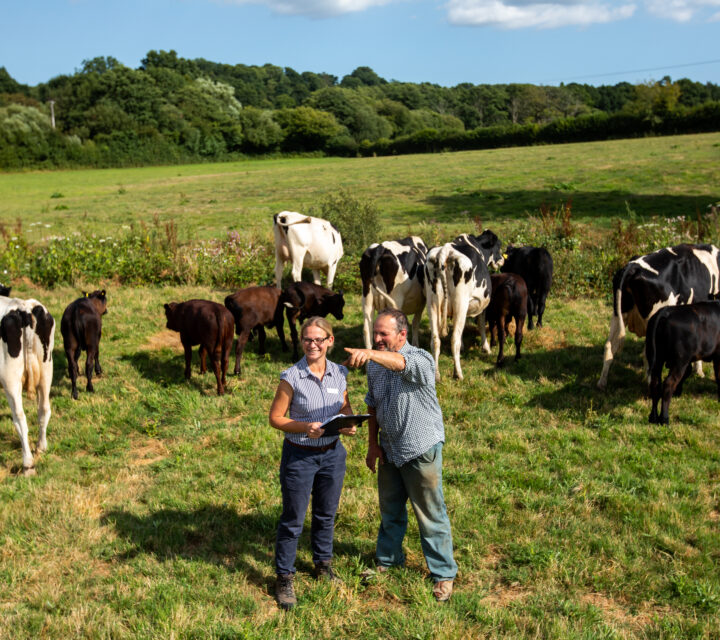Introduction by Emma Goddard, Head of Environment
A thriving environment is essential to protecting our valuable water sources. As guardians of the environment, we work hard to protect and enhance it for future generations.
At the start of the year we showcased H25, our ambitious 25-Year Environment Plan which sets out how we will protect and enhance the natural environment for future generations through investment, innovation, engagement and partnerships. More than 50 of our partners and stakeholders joined us in Sussex to hear more about our plan, which involved two years of consultation with customers, stakeholders and employees. Attendees learned about our River Stour chalk stream project and our involvement in the creation of the super National Nature Reserve (sNNR) near Eastbourne – the first NNR to protect raw groundwater quality
We’ve outperformed our year five target for biodiversity and improved another 23 hectares of company-owned land to benefit wildlife and biodiversity in 2024/2025. This brings the total area now proactively managed for biodiversity to 1,673 hectares, or 77 per cent of company land – that’s up from 54 per cent of land managed for biodiversity in 2020. This means we have exceeded our five-year target by 213 hectares, an area equal to the size of around 300 football pitches. We are proud to have achieved all the targets set in this challenging project and to have implemented management plans for 214 sites and a range of habitats
As part of the statutory Water Industry National Environment Programme (WINEP), we have continued to deliver on our commitments to enhance the natural environment and ensure any water we abstract does not have a negative impact on the environment. We are aware there is always a delicate balance between securing the future of water supplies and protecting the rivers and streams we rely on. A key part of our work during 2024/2025 has focused on delivering our Restoring Sustainable Abstraction (RSA) schemes and carrying out investigations into the sustainability of some of them.
In 2024/2025, we successfully delivered two river restoration/adaptive management schemes on the Maidenhead Ditch, in Maidenhead, and the Itchel Brook, a tributary to the River Hart. We have also delivered 12 ground and surface water catchment management schemes.
We have delivered six groundwater catchment management schemes to reduce pollution within the groundwater aquifers this year as part of WINEP. In our Pembury catchment we’ve removed an old farm waste pile and are monitoring the impact of this on pollutants in the catchment. In our Tonbridge catchment we’ve installed an innovative treatment, in the form of a pilot permeable barrier in the aquifer to reverse historic contamination within the catchment
Our work in the Woodgarston catchment has continued and we’ve worked closely with farmers and land managers on interventions to reduce nutrient leaching to groundwater. Over 90 per cent of farmers in the catchment are now engaged with us through tests and trials, steering groups or through our capital grants scheme. Our innovative trials in this catchment mean that our company is one of only three water companies with an Advance WINEP for 2025-30, allowing us to innovate further in this area and share findings with the water industry and the agricultural sector
Proactive work with farmers and landowners has resulted in us outperforming our five-year Landowner ODI target of 14,217 hectares by successfully engaging with landowners who manage 15,097.6 hectares within our target catchments. In 2024/2025 we’ve engaged with 43 farm businesses within ODI target areas. We’ve supported a Hampshire hop producer to reduce artificial fertiliser use by up to 50 per cent and to trial biological pest control which resulted in 50 per cent of the crop requiring no chemical treatment. We also provided technical advice and grant support to enable a livestock farm in the River Teise catchment to fit 90,000 litres of rainwater harvesting equipment. This helps to reduce the farm’s reliance on mains water supply, provide water to cattle and sheep where supply is temporarily lost, helps to lower the farm’s water bill, and can help reduce demand on our mains supplies to our customers
We’re working with the Longbridge Regenerative grazing project to use Exmoor ponies in a nature-based solution to manage 181 hectares of invasive tor grassland in East Sussex
Common reptile numbers at our Offham WTW site are thriving thanks to our proactive habitat management and protected species monitoring. We found no less than 14 slow worms under a single survey mat, and 24 slow worms and two common lizards in total, warming up under the survey mats during the survey, near specially constructed hibernacula.
Our key measures
Engaging and working with landowners
Protecting wildlife and increasing biodiversity
Water Industry National Environment Programme
Delivery of Water Industry National Environment Programme (WINEP)
Bespoke Abstraction Incentive Mechanism (AIM)
Engaging and working with abstractors to improve catchment resilience to low flows
KPI – Number of breaches of abstraction licences, discharge consents and environmental permits
KPI – Number of pollution incidents (category 1 – 2)
For previous years reports, click here.


